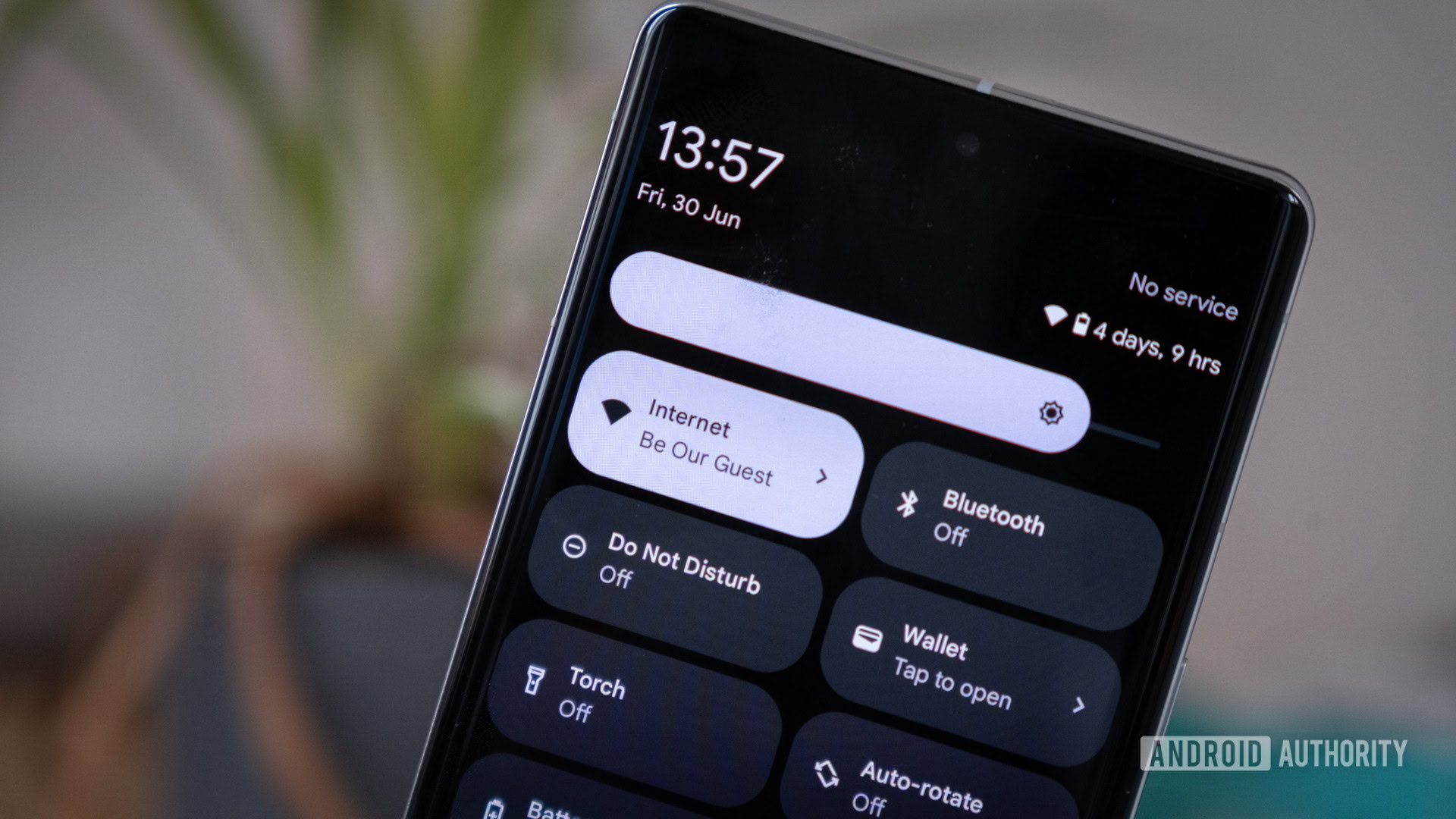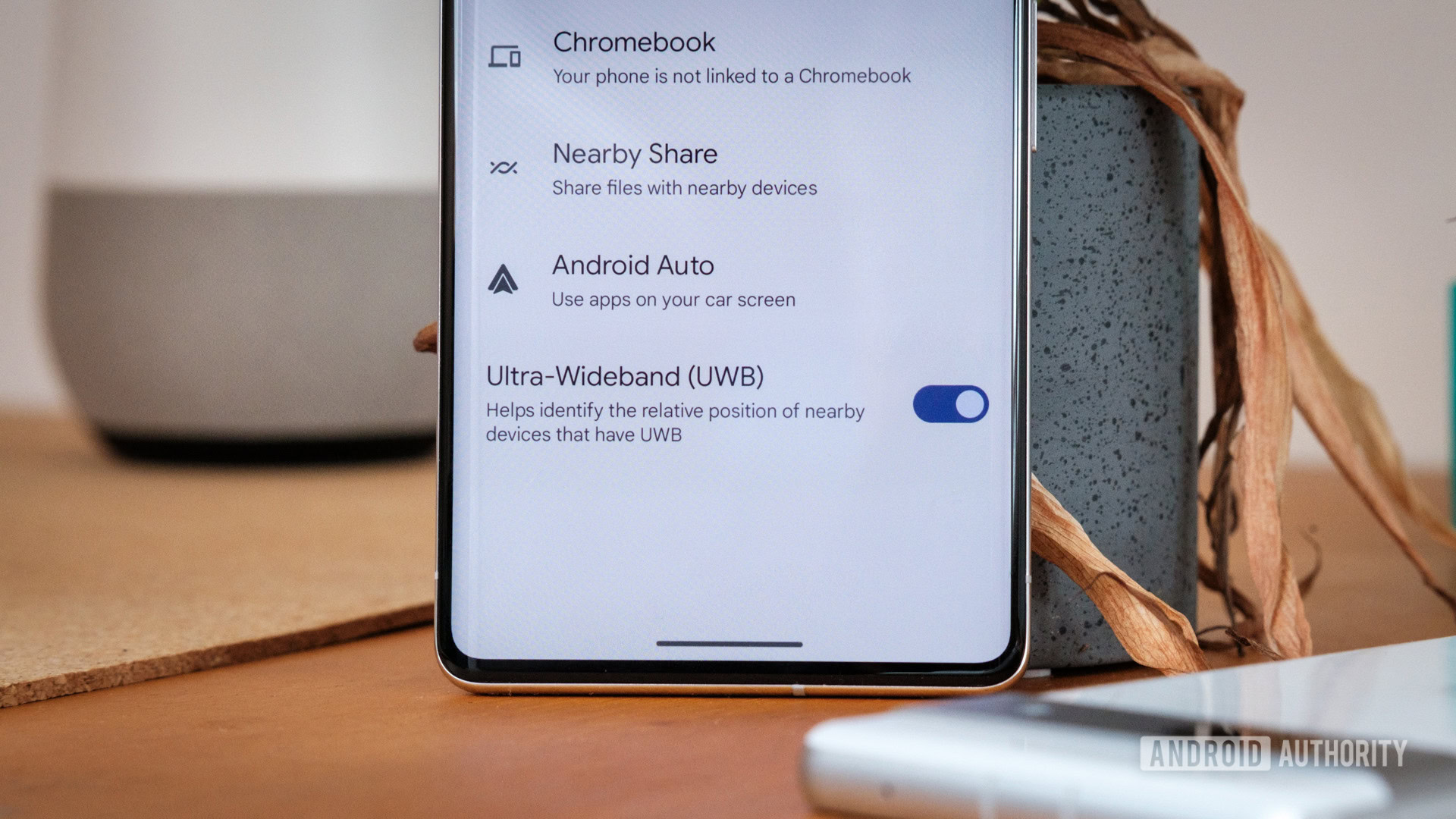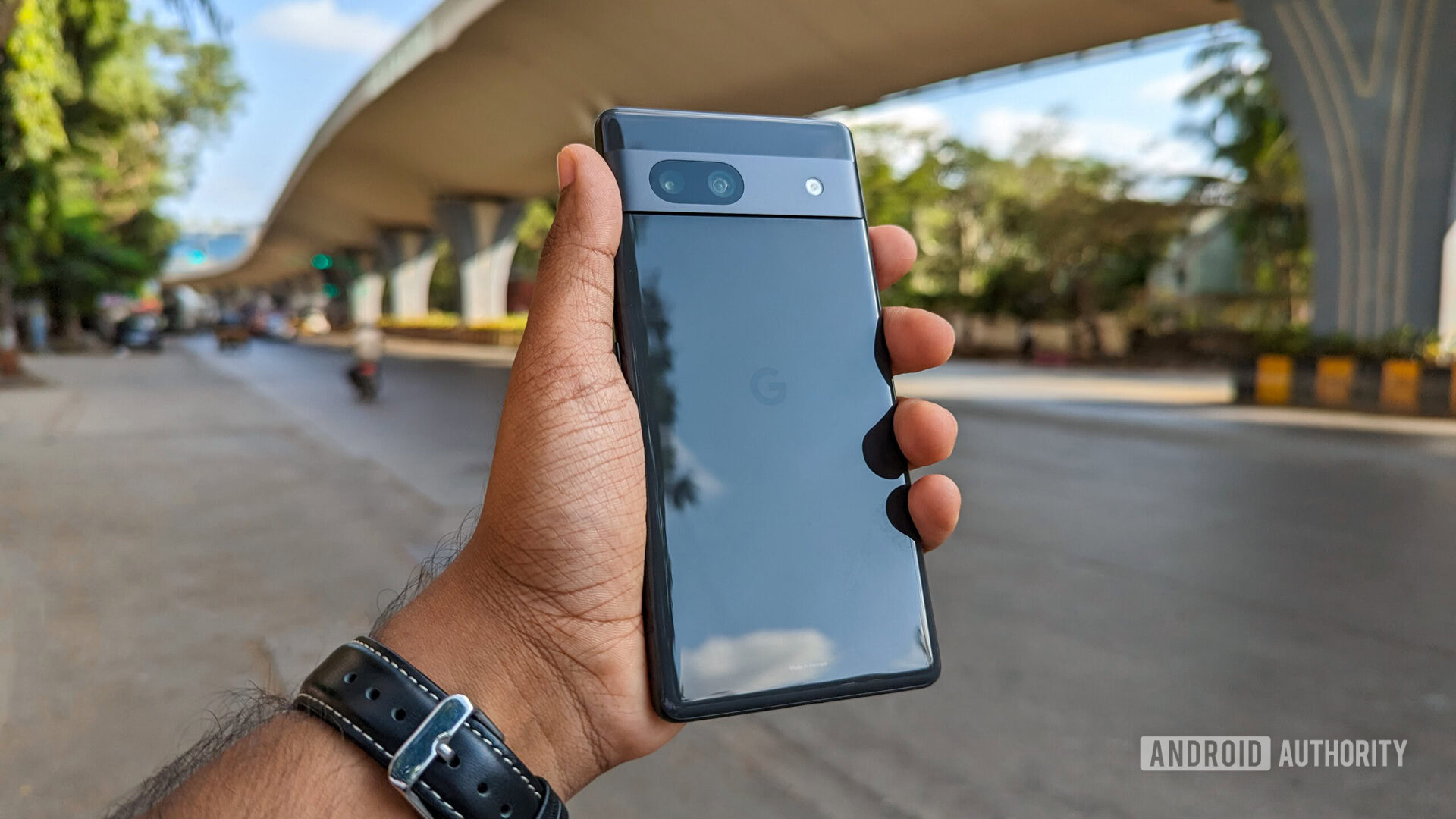Affiliate links on Android Authority may earn us a commission. Learn more.
Exclusive: Google Pixel 8 series will have bigger batteries, faster charging
July 1, 2023
Over the past few weeks, we have uncovered most of the major features coming our way with Google Pixel 8 series. There’s a much-enhanced Tensor G3 processor, an improved camera system, brand-new displays, support for USB DisplayPort alternate mode, and even new wallpapers. There are, however, a lot more Pixel 8 specs and other tidbits of information that didn’t perfectly fit into any of our previous coverage.
So, for the last time, thanks to a source inside Google, we can share some of the remaining unknowns about the Pixel 8 series.
Faster charging and slightly bigger batteries
For the past few generations, Pixels have lagged behind in charging speeds. Chinese manufacturers have been including support for unfathomably high power levels (most recently hitting absurd heights of 240W), and even global giants like Samsung have started supporting faster charging on its premium Android phones. But Pixels have been stuck with a relatively modest 23W, and that’s only if you got the Pro model.
Unfortunately, Google’s still Google, and the speeds on the Pixel 8 series still leave a lot to be desired, but at least we’re getting a small upgrade. Both the regular Pixel 8 and Pixel 8 Pro see a small 4W bump in charging power — the devices now support 24W and 27W charging, respectively.
| Pixel 7 | Pixel 8 | Pixel 8 Pro | Pixel 7 Pro | |
|---|---|---|---|---|
Wired charging | Pixel 7 20W | Pixel 8 24W | Pixel 8 Pro 27W | Pixel 7 Pro 23W |
Wireless charging | Pixel 7 20W (proprietary) 12W (Qi) | Pixel 8 20W (proprietary) 12W (Qi) | Pixel 8 Pro 23W (proprietary) 12W (Qi) | Pixel 7 Pro 23W (proprietary) 12W (Qi) |
Battery capacity | Pixel 7 4,270 mAh | Pixel 8 4,485 mAh | Pixel 8 Pro 4,950 mAh | Pixel 7 Pro 4,926 mAh |
One thing that remains unchanged is wireless charging. As far as we can tell based on current information, Google has not changed wireless charging support from the 20W and 23W we have in the Pixel 7 series.
There have been small changes to the battery capacities, however. Google’s Pixel 8 gets a larger 4,485mAh cell instead of the old 4,270mAh one, and Pixel 8 Pro gets 4,950mAh, up from 4,926mAh on the Pixel 7 Pro.
Wi-Fi 7 support incoming

Since switching to the semi-custom Tensor chips in the Google Pixel 6 series, Google has chosen Broadcom as its partner for Wi-Fi/Bluetooth combo chips. The Pixel 6 included a flagship-grade BCM4389 chip that supported the Wi-Fi 6E standard, which was the best you could get at the time. The Pixel 7 retained the same component.
Now, Google’s upgrading the chip to BCM4398, which supports Wi-Fi 7, for both the Pixel 8 and Pixel 8 Pro. The new standard builds upon Wi-Fi 6 and 6E, and brings improved speeds, latency and reliability, all while remaining backward compatible with the older standards. It’s worth mentioning that the standard has not formally been finalized, but commercial products already support early implementations.
UWB remains exclusive to the Pro

Ultra-wideband (UWB) is a fairly recent wireless technology that allows extremely precise distance measurement between devices. A very good example of this is the Apple AirTag, which can navigate a user of an UWB-enabled iPhone right to its location.
Google first introduced the feature in the Pixel 6 Pro and kept it for the Pixel 7 Pro. More recent devices from Google that have UWB include the Pixel Tablet and Pixel Fold. The feature was notably missing from the non-Pro Pixels.
| Pixel 7 | Pixel 8 | Pixel 8 Pro | Pixel 7 Pro | |
|---|---|---|---|---|
UWB support | Pixel 7 No | Pixel 8 No | Pixel 8 Pro Yes (upgraded module) | Pixel 7 Pro Yes |
This sadly isn’t changing with the Pixel 8 series. While the Pixel 8 Pro will include a UWB module, an upgraded one at that, it’s still missing from the smaller Pixel 8. This is especially disappointing considering that Google’s working on features that will utilize the technology, such as a rumored first-party UWB-enabled AirTag alternative that will plug into its enhanced Find My Device network. Along with a feature that will allow users to seamlessly transfer media playback to a docked Pixel Tablet, similar to what is already possible in the Apple ecosystem with the HomePod.
The Pixel 8 might be (slightly) easier to get your hands on

The availability of Google Pixel devices leaves a lot to be desired. According to Google’s own documentation, the Pixel devices are available in 17 countries (even less in the case of some devices like the Pixel Fold, which is only officially available in 4 countries). This is a far cry from other manufacturers. For example, Apple officially distributes its devices in around 139 countries (potentially more, this is just the number of available regions on its website). If you live in a smaller country (like I do here in Poland) and want to buy a Pixel, your only options are to buy it from an unofficial distribution and severely overpay or import it yourself and have no warranty or support to speak of.
While Google’s business plans are obviously something that very few people have access to, there are ways we can speculate about them. Since the Pixel 7 series, Google has included electronic warranty terms on its phones. By comparing the list of languages they are available in on the Pixel 8 compared to the Pixel 7, we can deduce where we might see the additional official distribution of the phones. The added languages point to the following additional countries:
- Austria
- Switzerland
- Belgium
- Portugal
Even if these regions do get an official release, this is still a somewhat disappointingly low number, though it’s definitely a step in the right direction. Hopefully, Google will further expand the list for future models of its phones.
This concludes our exclusive look at the Pixel 8 series… for now. The phones are bringing some really exciting upgrades, don’t you think?
Thank you for being part of our community. Read our Comment Policy before posting.